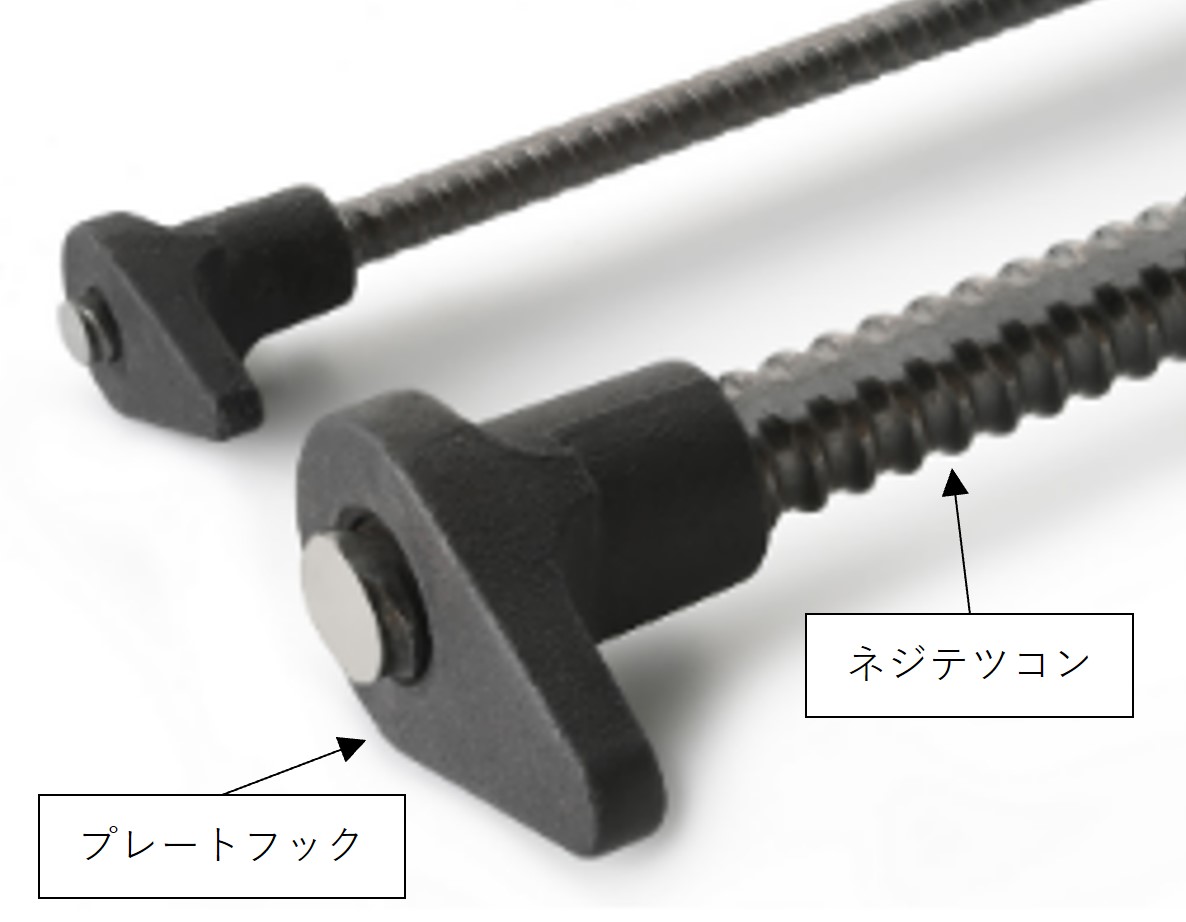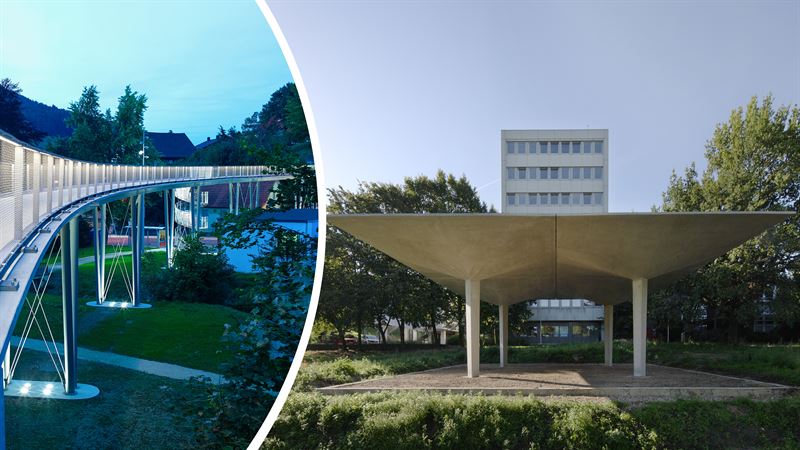2024-03-18 デューク大学(Duke)
 Representative experiments, and their corresponding simulation, of Brazilian tests at the onset of fracture
Representative experiments, and their corresponding simulation, of Brazilian tests at the onset of fracture
<関連情報>
- https://pratt.duke.edu/news/duke-researchers-find-new-dimensions-in-decades-old-strength-test/
- https://www.sciencedirect.com/science/article/abs/pii/S0022509623002776?via%3Dihub
ブラジルの破壊テストの強さ The strength of the Brazilian fracture test
Aditya Kumar, Yangyuanchen Liu, John E. Dolbow, Oscar Lopez-Pamies
Journal of the Mechanics and Physics of Solids Available online:28 October 2023
DOI:https://doi.org/10.1016/j.jmps.2023.105473
Abstract
Since its introduction in the 1940s until present times, the so-called Brazilian test has been embraced by practitioners worldwide as a method of choice to indirectly measure the tensile strength of concrete, rocks, and other materials with a large compressive strength relative to their tensile strength. This is because of the ease that the test affords in both the preparation of the specimen (a circular disk) and the application of the loads (two platens compressing the specimen between them). Yet, this practical advantage has to be tempered by the fact that the observations from a Brazilian test — being an indirect experiment in the sense that it involves not uniform uniaxial tension but non-uniform triaxial stress states throughout the specimen — have to be appropriately interpreted to be useful. The main objective of this paper is to carry out a complete quantitative analysis of where and when fracture nucleates and propagates in a Brazilian test and thereby establish how to appropriately interpret its results. We do so by deploying the phase-field fracture theory of Kumar et al. (2020), which has been recently established as a complete theory of fracture capable of accurately describing the nucleation and propagation of cracks in linear elastic brittle materials under arbitrary quasistatic loading conditions. The last section of this paper puts forth a new protocol to deduce the tensile strength of a material from a Brazilian test that improves on the current ISRM and ASTM standards.



